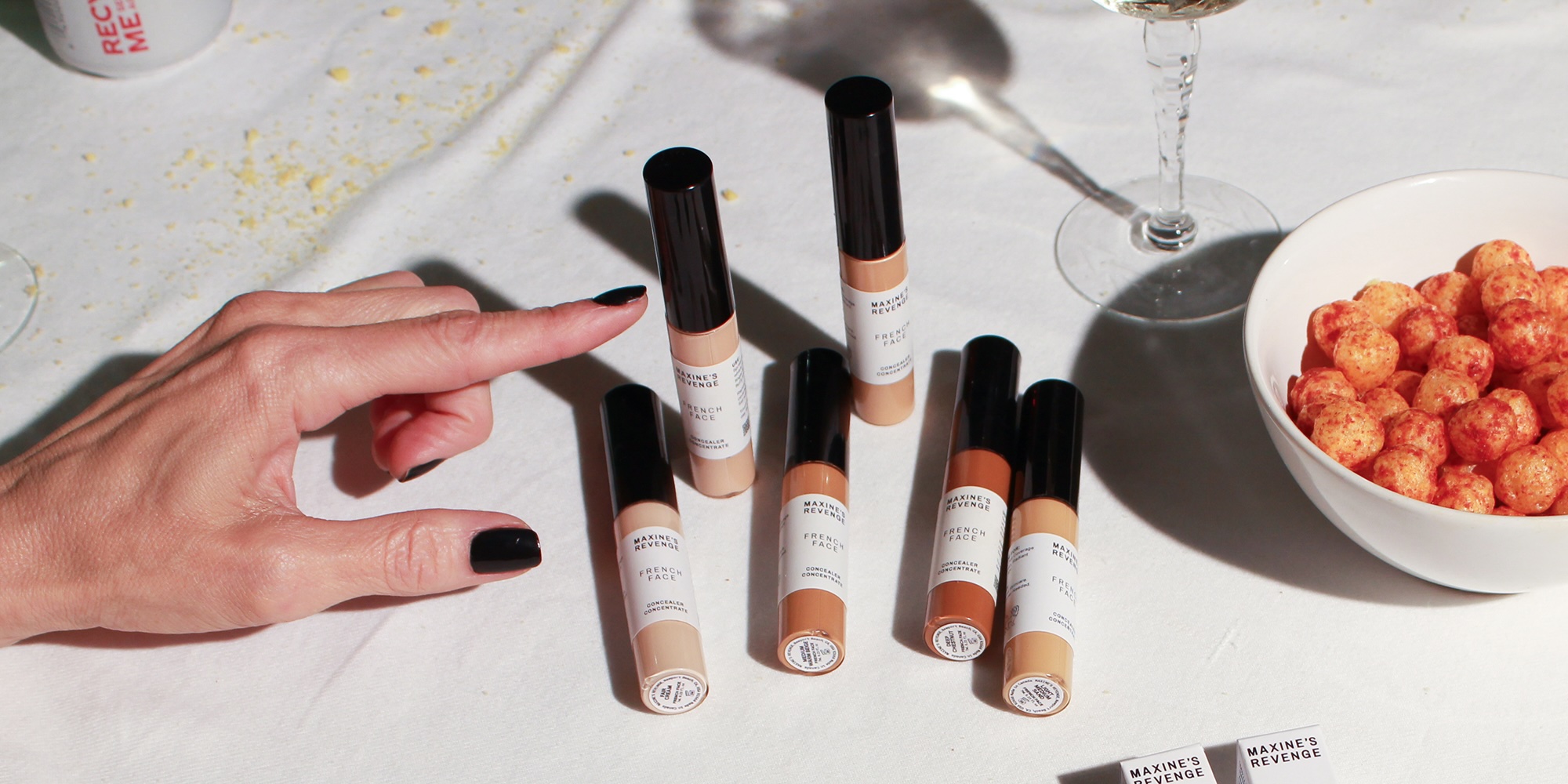
Beauty Industry Vet Leah Hundsness Is Out To Make Maxine’s Revenge The Ultimate Aspirational Gen X Brand
After three decades in sales, marketing and merchandising roles at prestige beauty companies Too Faced, Sephora, Smashbox and Gucci Beauty, Leah Hundsness launched Maxine’s Revenge last year with a single product, a $33 highly pigmented serum-like concealer called French Face, a nod to the unfussy French beauty she witnessed while working in Paris at Sephora.
The brand, named for Hundsness’s mother and engineered for customers who the 55-year-old founder describes as having “skin that has seen a thing or two,” is self-funded and sold via its own website, Amazon and TikTok Shop. Almost at its first birthday, Maxine’s Revenge is growing profitability, and Hundsness handles as much as possible herself with the help of independent contractors to keep its margins healthy. For example, she manages fulfillment in-house in lieu of outsourcing third-party logistics.
Beauty Independent caught up with Hundsness to chat about learnings from her past gigs, the reasons she’s putting off external funding as long as she can, why customers 40 years old and above are tricky for brands and stores, and how retail could factor into her brand’s future.
Your first role in beauty was as Sephora.com’s director of marketing. How did you land that?
I started my career in ’91 in advertising, sales and then direct marketing. At the time, that was snail mail. I had been in tax software advertising and worked for a tech incubator, but, by the late ‘90s, felt drawn to pivot to beauty. I started looking up luxury beauty brands and came across a landing page from LVMH with all these different brands.
One of them was Sephora.com. It was prior to the dot-com launch, and they had a phone number listed. I called that number, and the receptionist accidentally put me through to the CEO, Jim Kenney, in San Francisco. I had a nanosecond to explain myself. In that nanosecond, “I said, I am working at this incubator, Idea Lab.” He paused and said, “I was expecting another call, but we are actually looking for somebody in marketing.”
The next week, I flew to San Francisco for an interview, and before I left the city, I had an offer to be the director of marketing for Sephora.com. It was a very kismet starting point. I fell in love with beauty in that role.
You also worked at Smashbox, Too Faced and Gucci Beauty. What white space did you feel was still left?
Somebody I worked for at Smashbox said something that never left me: “No one needs another makeup brand.” In makeup, skincare, fragrance, haircare, the differences between products are paper thin. It’s not that there’s a lack of concealer or red lipstick or black eyeliner or black mascara. What actually the consumer is craving is a narrative that reflects her.
When talking about [40-year-old-plus women], even very recently, the messaging has been all about aging. It’s menopause, and it’s getting AARP discounts, drinking Ensure. It’s not aspirational at all. It’s very much like, “Oh, you’re at this age. Let’s divert attention away from dreams and focus on what’s broken.”
If you’re asking, “Where was the white space, Leah?,” that’s where it was for me. There’s lots of talk about menopause—and that’s awesome. There’s lots of talk about being silver and not wanting to dye your hair anymore—and that’s great. But then there’s also a majority of us who are not at the forefront of our minds thinking about either menopause or gray hair. We’re still “girls.”
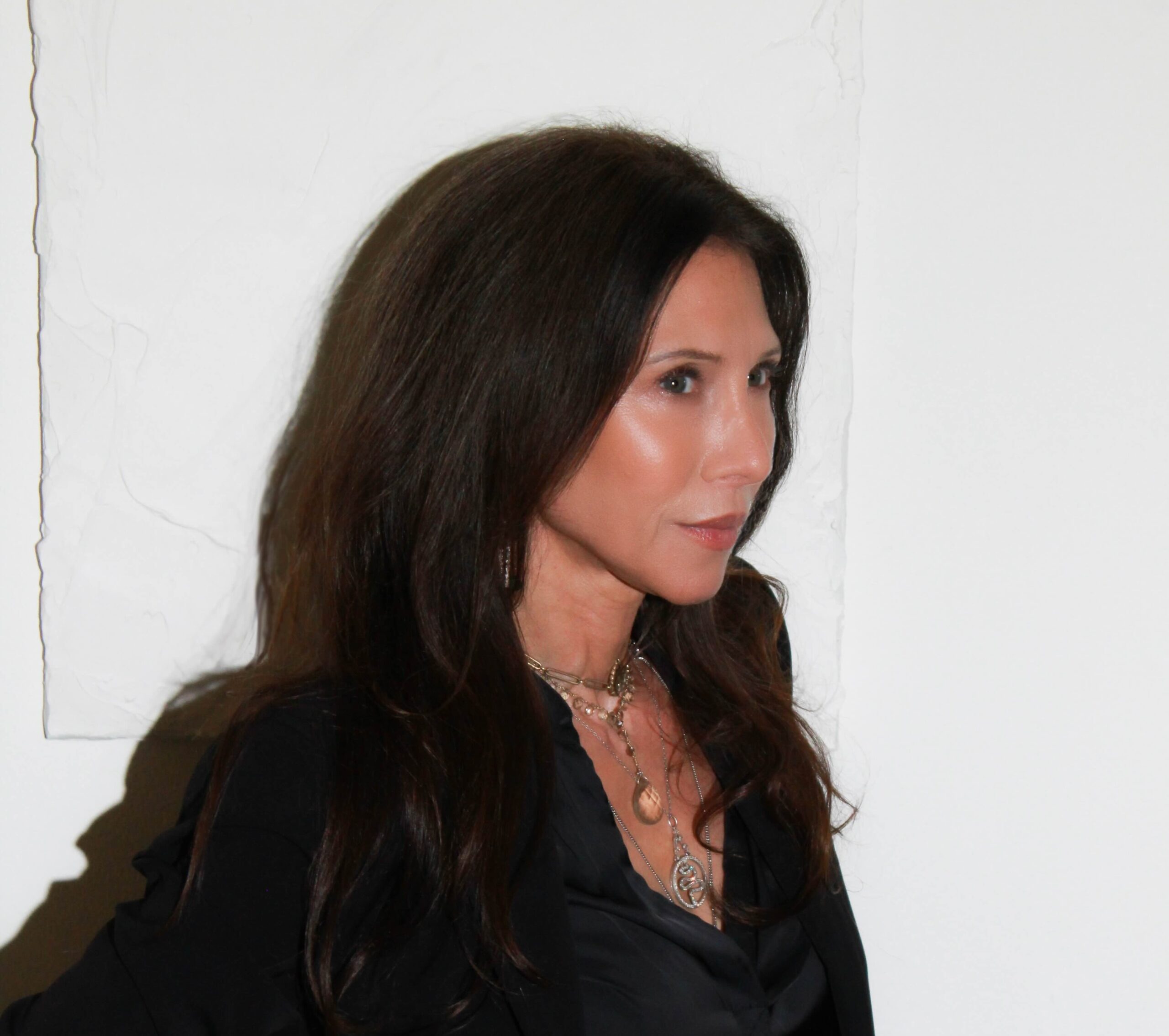
There are a lot of makeup brands out there, but still not many profess to cater to the concerns of a mature woman.
Here’s the secret: There were and are formulas out there for 40-plus women out there. I was using Dior Forever Skin Correct. It’s just that those formulas were at the luxury counters at luxury prices. My gal is probably 60% prestige, 20% luxury, 20% mass.
She’s still wearing jeans. She doesn’t see herself as shopping at the department store with old-fashioned merchandise. It’s just not what she has grown up with in the last 15 or 20 years.
We’ve seen a tendency for legacy brands to try to rebrand as a “young” brand or entering retailers not emphasizing offerings for older customers.
It’s a really hard customer to pay your rent with. When push comes to shove at the brand level with merchandising, you do have to pick and choose what’s going to generate revenue.
My consumer is jaded AF. She has tried it all. She’s been overpromised and under-delivered in many ways in life, in her products and in her personal life.
Her aperture for what is going to work for her is very tight. That’s not easy for retailers to make money at. They don’t want someone to ask a thousand questions before they pull the trigger to make a purchase. That’s very hard math.
How do you envision a mature woman being served cosmetics that speak to her?
It has to do with narrative, but also bringing the formula where she shops, which is DTC right now, especially post-pandemic. I like to reference Jones Road. They include a lot of diversity in their assortment. They’re not focused on one sweet spot, and they don’t have to.
But it only works because they’re direct-to-consumer. They have all the merchandising space they want. When a brand has to choose, that brand leader is going to be forced to choose the more tried-and-true formulas, and there will not be as much innovation. It’s too risky.
I have the luxury of providing a niche [lightweight] product at Maxine’s Revenge, but I can also step back as a beauty professional and recognize the economics of that thicker, Shape Tape-like formula. It is what a lot of people really want, but this is my little space, and there are a couple other people that are in that space too.
Maxine’s Revenge takes a non-traditional approach to the sales funnel. Why?
I actually try to slow down the sales process. I’ll say [to a potential customer], “Send me a selfie, let’s do a color match.” I want to make sure that I have every opportunity to let them know this is a super thin formula. It’s like a serum had a baby with a full coverage concealer. It’s not your traditional formula. I want them to have the right expectation.
I also want to get them the right shade. Most people in general are not great at color-matching themselves. So, my first answer is don’t rush her. I have a lot of respect for her decision-making and understanding, that she doesn’t need to be sold. She will buy.
There are times that I’ll even say, “Hey, if I’m not the right formula for you, tell me what you like, and I’ll give you some recommendations.” I had a list of top foundations for our skin, top concealers. I mean, I did research. That’s why I know those answers. I’m happy to help. What my demographic wants is more relationship, less transaction.
What made you choose concealer as Maxine’s Revenge’s first product?
I’ve always loved concealers. I’ve always loved that you can take it with you in your bag. I think it’s multipurpose. I like how compact it is, and it tends to be more affordable. You can have a really good quality formula without the sticker price of a higher end foundation.
My benchmark for French Face was to match the performance level of a luxury full-coverage concealer. I just wanted it thinner, but with maximum pigment load. I didn’t want any extra girth, any extra thickness, but I needed the full coverage. The pigment [volume concentration in the formula] is 24%, which is actually really high. Existing full-coverage concealers on the market can be 20% pigment [volume concentration].
That extra 4% might not seem like a lot, but it’s a lot. But because it’s so thin, it can read very much as a medium or medium-full coverage versus a cakey formula.
Then, for it to stick to the skin, I needed it to have the basic construct of a moisturizer. It wasn’t that I was pursuing a clean formula. It wasn’t that I was trying to pursue a blended formula of skincare makeup, it’s that I wanted the highest-performance formula for our skin, and it resulted in a clean, hydrating base.
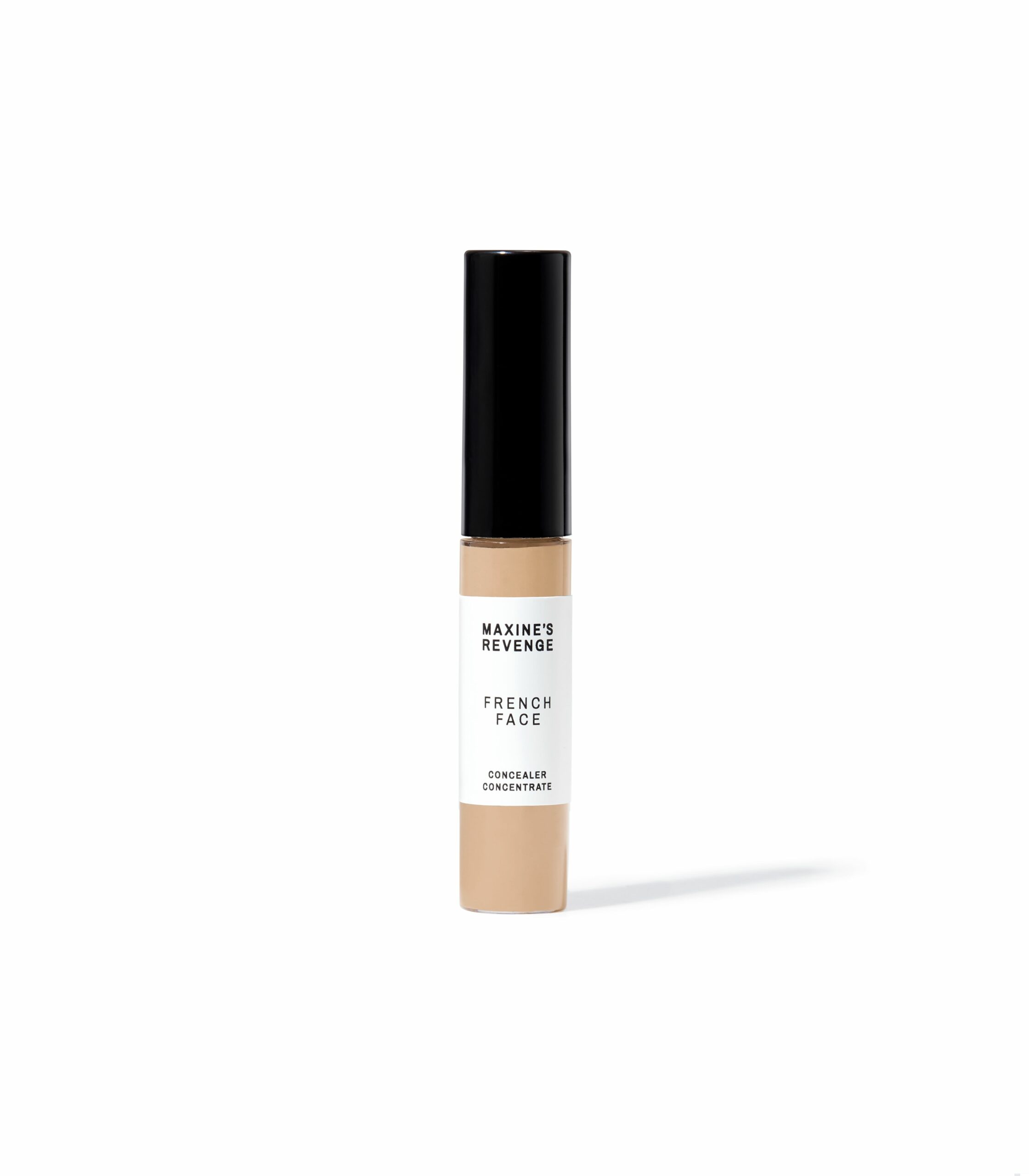
How do you envision expanding the brand beyond the concealer category?
I plan to expand the shade range first. I need to then add another product, probably not a shaded product, so I have some reprieve, then build that. My strategy is to go one step at a time and grow with my customer every step of the way. There will be a time that it makes sense to go into retail, for sure, but it is not on the horizon right now.
What made you opt for an exclusively online distribution strategy for Maxine’s Revenge?
There is no good business reason to pursue retail with one product. I [eventually] want to have mascara. I certainly know the best practices of mascara, [from Too Faced] Better Than Sex. I certainly know foundation, [from Too Faced] Born This Way. We launched 50 shades of lipstick at Gucci Beauty, but this brand is all me financially.
It’s not hard to go into retail. The hard part is growing within retail. It’s very costly. Even with the very best of intentions, the buyer might have a hard time predicting what you’re going to need to spend in the foreseeable future because programs come up, even for the retailer. You almost become a service provider to the retailer. It’s their timeline that you build your product development towards.
What would some of your dream retail segments be when you do enter?
I’m not going down [the mass] path. I just don’t know the economics of being a brand at that price point. It’s an impressive business, but I don’t have any experience there.
I want to stay in my lane in prestige. Wherever the prestige landscape goes, I’ll go with it. Maxine’s Revenge will also be a global brand. I’ve spent my career in global positions, and I’ve already shipped French Face to New Zealand, Australia, the U.K., Ireland, Dubai, Oman, Spain, the Netherlands.
What are the pros and cons of having launched a brand in 2023?
I don’t have the same tools that were available four or five years ago like affordable paid advertising, the pandemic DTC boom and pre-iOS change customer tracking. I missed that bubble. TikTok Shop is something I had that didn’t exist before. Small brands like myself were willing to let them cut their teeth on us. There were so many glitches.
The bigger brands will eventually join, but right now most of the bigger brands have third-party logistics centers. Those third-party logistics centers don’t want to sign up for that kind of headache, and the brands don’t want to pay for that. Rightly so, they’re sort of like, “Let us know when it’s all worked out.” For right now, I look at it as this is the wild west, and I am the pioneer who’s willing to take the risk.
You’ve been on both sides of the table when it comes to fundraising and brand acquisitions. What would be your ideal fundraising path?
I learned a lot from Jerrod Blandino and Jeremy Johnson [the duo that sold Too Faced to Estée Lauder in 2016 for approximately $1.45 billion and launched Polite Society in 2023]. We still have dinner and catch up. They didn’t bring in private equity until well into their business. By doing so, they were able to control their destiny better.
If your strategy is to grow fast, get buzz and expand, you’re going to make a lot of mistakes in terms of your investments. You will find yourself needing to race out and get a loan at uncomfortable interest rates or give away a big chunk of your business to somebody, and now you’re compromised and can no longer put the customer and relationships first.
You just don’t have that luxury. You have shareholders knocking on your door. I don’t want that complexity. I don’t mind the complexity of shades. I’ll take that on. I want my customer to be my governor. How fast and slow I go will be based on that.
If you’re going to go down the route of getting funding, you better know where you’re going to land. The funding should just be a bridge to get to that ultimate buyer. If you can’t envision the strategic that’s ultimately going to buy you out, you’re just going to dilute your [equity] from one private equity to another.
And it’s not even so much the dilution. Let’s say money is not even the issue. You go from one set of cooks in the kitchen, which then modifies all the recipes and the dishes, to another set, and you modify again, and then another. It’s hard enough to keep up with what the demands are from my customer.
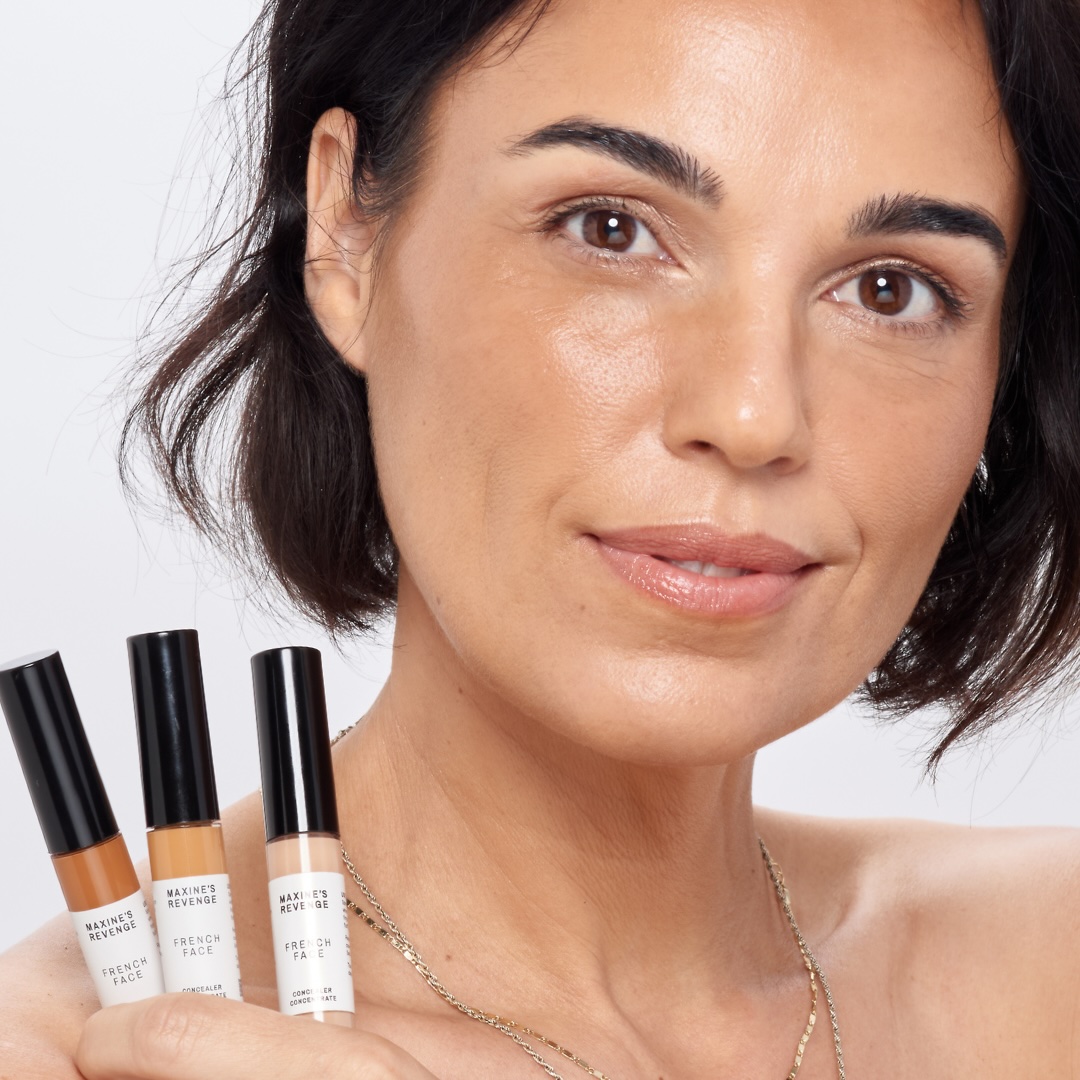
What does the company’s growth trajectory look like right now?
It hasn’t even been 12 months since Maxine’s Revenge launched. The growth is like [a hockey stick], but the starting point was zero. We purchased a reasonable amount of stock when we first launched, and we sold out in about six weeks largely because TikTok Shop had just opened a couple months prior.
The sexy spin would be to say, “I sold out because I was so popular,” but I want to be more honest, which is to say that I had a reasonable amount of stock, but I also didn’t know the velocity of TikTok Shop. It was a much bigger demand than I could have forecasted.
How has the brand been profitable?
I’m working six and seven days a week, doing so much myself. I’m profitable, but that’s a choice, and I’m willing to pay the price for that because I just want every little engine of growth to be right sized for where I’m at because I’ve seen what happens when you get out of kilter.
It’s a KPI that I care about versus just focusing on top line or just focusing on customer acquisition, dealing with profit margins later. I’m not Facebook. I’m fine if other young beauty brands have been influenced by the tech world, but I lived through the bubble. I don’t need to do that.
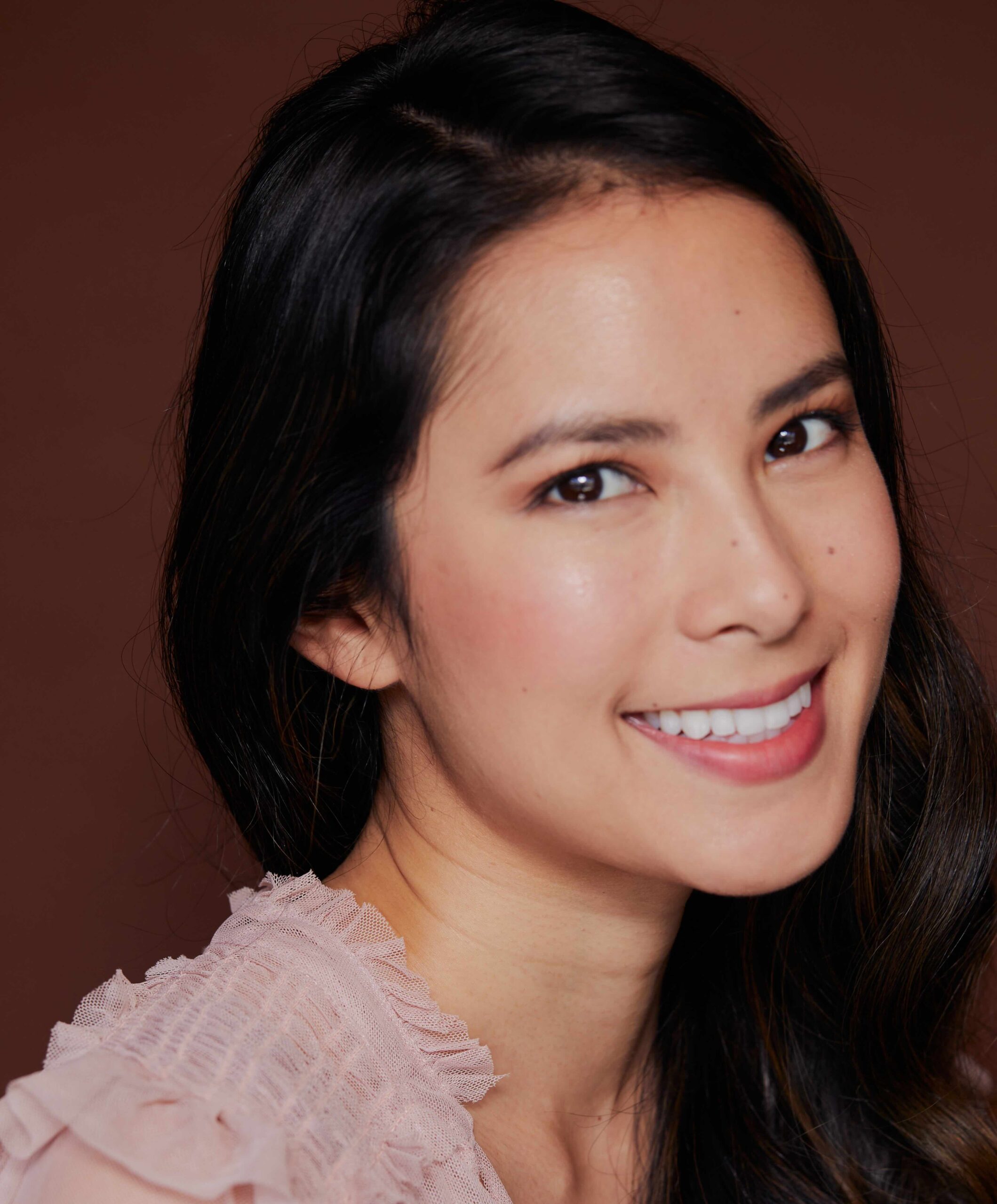

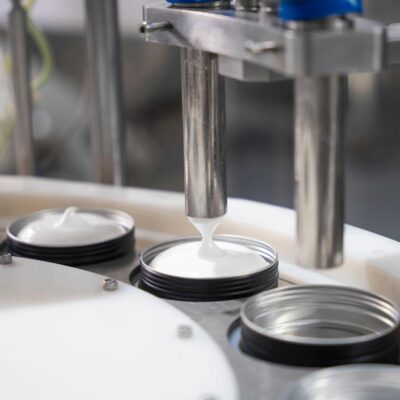
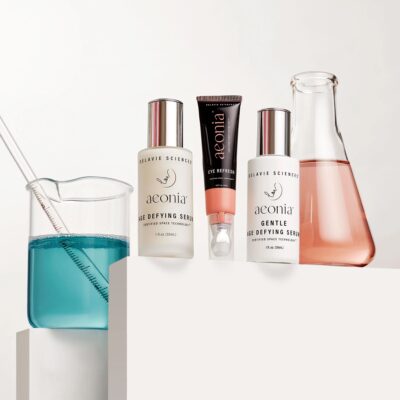
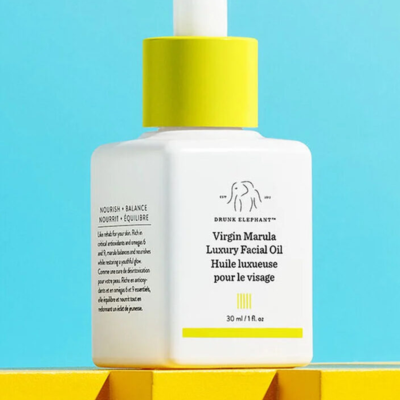
Leave a Reply
You must be logged in to post a comment.